Brennan Dunn, co-founder of RightMessage, has been deeply involved in email marketing for many years across several of his companies. Starting with Double Your Freelancing and his first course “Mastering Drip”, his courses evolved from a collection of things that you could do in Drip to a more sophisticated “educational pitch” system.
The framework had a focus on the maintainability and automation of email lists. The fewer times you had to log into Drip, ConvertKit, Userlist, etc., the better, both for you as the business owner and for the email recipients. This frees up time and lets business owners focus on improving the product. After Double Your Freelancing, Brennan started work on CreateAndSell.co and RightMessage.
The switch from teaching freelancing to email automation
As Brennan switched focus from Double Your Freelancing to teaching email marketing automation, Jane asks if that felt strange — switching his area of expertise. Brennan actually liked it better:
“With email marketing automation, it’s like teaching somebody how to code. It’s very cut and dry, ‘do this, then do that, and here’s what will happen’. So I actually preferred teaching people marketing or email marketing over business or freelancing because I found it a little more specific. I can be a lot more tactical and specific. Whereas with freelancing I can do my best to try to equip somebody with what they need to be more successful with their business, but ultimately at the end of the day, a lot of it is the soft skill type things that people just need to learn on their own.”
The feedback that Brennan received on his first Drip course echoed the sentiment he felt too. The way he approached data organization, data integrity, keeping systems scalable, maintaining documentation — this was valuable:
“A lot of people were just going into Drip and randomly adding tags on people and randomly setting up automations that would sometimes overwhelm them. Approaching Drip with a programmer’s mentality and teaching that to non-programmers really helped a lot of people.”
The feedback also allowed Brennan to see what concepts were more technically difficult for his audience to grasp, such as email personalization using Liquid code. They understood that they wanted to tailor messaging to improve email relevance, but the boolean logic and variable construction were more abstract for non-programmers.
Liquid, tags, and other struggles
In addition to the struggles that newcomers have with Liquid, Brennan points out a few other areas that are difficult. The biggest one is the usage of tags as opposed to custom fields for audience segmentation, which is understandable given how Drip and ConvertKit default to tags. Segmenting using fields is important for maintaining clean data:
“If you do it wrong, you end up with a really messy database and you end up getting in the position where you delete something. Then it breaks some Liquid code that’s embedded in an onboarding email that you forgot about and it just becomes this messy experience.”
Though tagging is a best practice, it goes against how databases traditionally store data. Integrations into these email marketing systems, by extension, also largely work with tags. This phenomenon helps perpetuate this inferior segmentation method to this date:
“Unfortunately, unlike with coding in the programming world, where people would go and write really good books about test-driven development and clean code and things like that, the same didn’t exist in the email marketing world. Instead, you had all the vendors, all the email marketing products telling their audiences to tag their list. They would bias their software to only work with tags.”
Another struggle is fear of over-automation and overwhelm. When people experience this, Brennan sees them signing in, tweaking, and broadcasting one-offs to keep everything straight — a time-consuming practice that is ultimately difficult to maintain.
More of a meta-struggle, that Jane experiences, is spicing up the education content for concepts that are technical. Brennan gets around this hurdle by focusing on actionable videos as opposed to written-only content.
How much do email automation tools differ?
Email automation platforms are pretty similar. Most have simple broadcast emails, simple linear campaigns, and branching automation logic. Except for a few, including Userlist, they all use tags, the feature-limited alternative to custom fields. For email personalization templating, the best use Liquid and others use self-developed methods which Brennan finds greatly inferior. Another key component is a good API:
“If the product doesn’t have a good API, then that means very few things can play with it nicely.”
Since they are pretty similar, and most of the benefits of email marketing can be achieved with simpler functionality, the software that you choose won’t ultimately make or break your success.
Practical email strategies
Are there others doing a great job with their email strategies that we can look at? Ruben Gamez, for one:
“There’s the educational bit where I think people like Ruben Gamez, have done really well with both Bidsketch and Docsketch for that. He’s meeting somebody where they are now and bringing them to the point of being your ideal customer.”
While not as targeted as Ruben’s example, Brennan sees a few companies, namely Help Scout and HubSpot, that do a good job of creating original content and sending it out to their lists frequently.
We can also try to mix in evergreen content so that we aren’t sending out broadcasts that don’t retain long-term value. We can do that by creating an “evergreen list” that slowly drips out content that we’ve already created, but that teaches the recipients something that isn’t ever-changing. Something like freelancing, or email marketing for example.
Final advice
Do keep things clean from day one.
“Keep things clean from day one, don’t let things go wild with how you’re segmenting and not know how things are happening. Have a naming strategy, have a convention for what you do.”
Don’t assume it will be easy to switch from a free-to-start email marketing product to another one that will fit better later after growth.
“It is so hard to move platforms. The mistake that I see people make is they’re locked into one product that can’t do everything they need it to. Then you’ve already got people flowing into it through different forms or integrations or whatever else. You’ve got people flowing in through it, through different automations and it becomes really hard to migrate.”
Thanks for listening! If you found the episode useful, please spread the word on Twitter mentioning @userlist, or leave us a review on iTunes.

